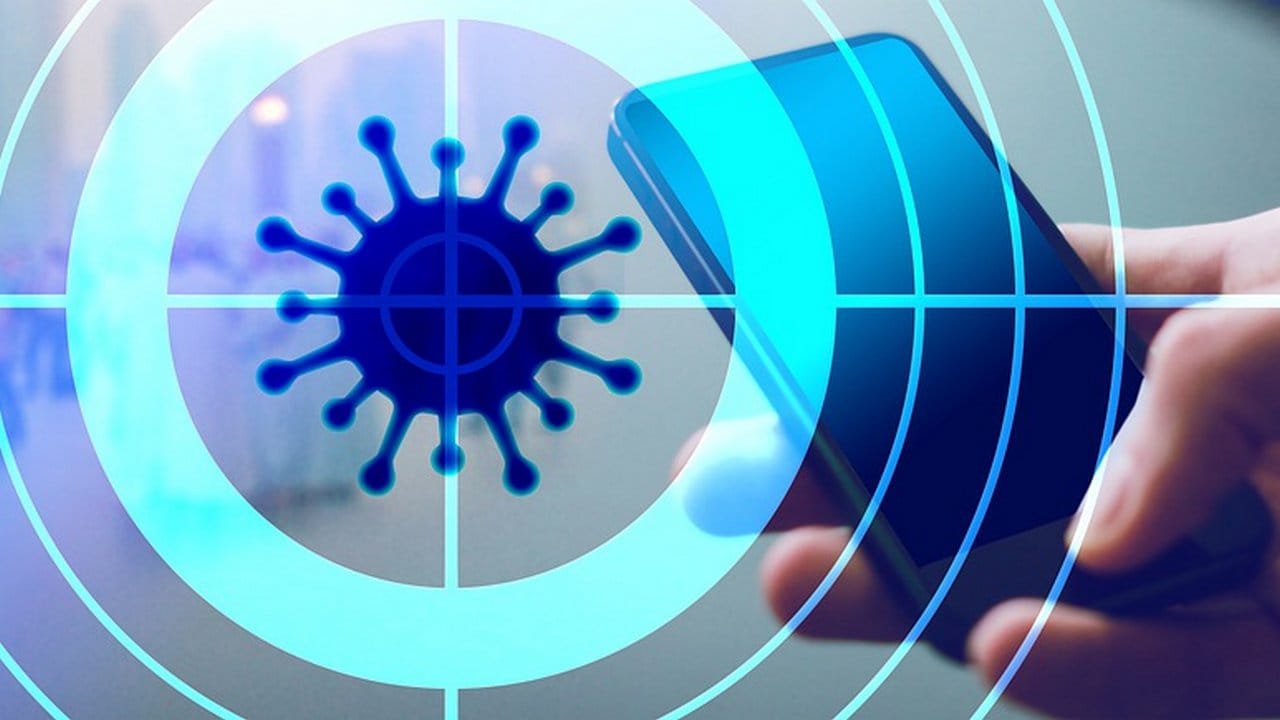
Shop windows have been a British staple since Charing Cross tailor Francis Place controversially put his wares on show in late 18th century London. However the established retail model faces an anxious future if augmented reality startup Ads Reality has its way.
The AR company is bringing window dressing to life by adding digital animation to the displays that customers can interact with.
Digital signage displaying video content on screens is a common sight on the high street, but any interaction is limited to a basic touch interface. Ads Reality has created a new level of immersion.
“We are using interactive in a completely different method,” the company’s CTO Prajay Kamat told Techworld. “We have packaged an AR window into a complete interactive solution.”
The company has combined skeletal and facial tracking technology to recognise how long a consumer is interacting with the AR experience outside and whether that person eventually enters the store. If they enter it, the technology follows their journey right up to the moment they pay for a product.
The unique experience of the AR window makes the marketing an attraction in its own right. The tech has made it the first company to have developed footfall and ROI metrics into AR software.
“When people are passing by, they get intrigued to see that there is a camera feed at the back of the window, and this entices them to get into the store.
“Maybe they will see their favourite Minion character or a Halo 5 Master Chief, or somebody standing in the store window that looks like is actually in the store. You can go and stand and take a selfie with them.
“When that happens you’re increasing your footfall into the store, and then it’s left to the store managers to make sure that they make a sale off it or do an impulse buy based on whatever they see on the screen.
“The experience you get out of it is so cool that the dwell time on these screens has been almost four times that of any conventional digital signage. The whole point of this is getting footfall into the store.””
AR brought to life
Ads Reality has installed its technology inside branches of retailer GAME. The company converts a digital signage screen into an AR window and installs two RGB [red, green and blue] cameras at the front and back, and a depth-sensing camera behind the screen.
The RGB cameras can monitor where the face is looking and the emotions it expresses, while the depth-sensing cameras track the customer’s body movements. It analyses the positions of their limbs and any 3D objects around them to calculate the orientation of the user and the movements of their body parts. The information is then sent to the screen and the animation can react to it.
“It’s not just a matter of standing behind the screen and taking pictures with your favourite character, you can actually interact with that character,” says Kamat. “You can even put your hands around the character and take a picture, or you can interact with the character and play football.”
The digital sign offers an experience to the customer that they can enjoy after entering the store. The interaction inside can earn then them a reward such a discount coupon. When it doesn’t directly lead to a new sale in-store, at the very least it provides a good brand engagement platform.
During one campaign at GAME, more than 4,000 people interacted with the AR screen over a four-week period.
“We did one for KFC where after you’ve finished eating your KFC chicken bucket, you can take the bucket and stand in front of our screen and then you see stuff coming off the bucket.
“The way that works is the camera actually looks at features on the bucket, and when it sees the features it triggers an animation on it.
“We also have a feature wherein you can even track the face. It can remove somebody’s face and augment their character on top of another face. If they wish, they can basically replace faces.”
The store doesn’t even need to be open and no additional app is required. You can be walking down the high street at night when the AR Window catches your eye, and beneath it you see a sign suggesting you connect to the store’s Wi-Fi from outside to find out more.
This can open a website that translates whatever you do on your phone onto the window in front of you, using the phone as a video games controller. This aspect of the Ads Reality offering was particularly popular at the Digital Signage Expo in Las Vegas that Kamat attended at the end of March.
“People are using Bluetooth and beacons and all of that stuff, but it’s quite irritating from a consumer perspective, and some people even turn them off because they don’t want to get bombarded with messages.
“This technology surpasses all of that stuff. You just have to connect to Wi-Fi and that’s it. You don’t have to turn on and turn off, there’s no pairing with devices you don’t have, any of that stuff. It’s really simple and very easy.”
British apps and Arabian theme parks
Ads Reality emerged as a spin-off from Kamat’s previous company AiSolve, the developers of the AR in the “Scan It!” feature of the GAME customer app, which lets users scan products and instantly access all the latest information about it on the phone.
Use of the AR integration led to a 17 percent customer conversion rate, higher than any other channel. The success convinced the retailer to buy a three percent stake in the company, and Kamat to put all its AR IT into a new organisation.
The result was Ads Reality, which Kamat and MD Richard Core founded in 2014. Two years later GAME acquired the company, spending £2m on the AR business and an additional £18m based on future performance conditions.
The company has run previous advertising campaigns for new releases from the entertainment industry and another with Dubai Parks, helping the largest theme park resort in the Middle East entertain its customers while they queue.
It’s also trialling its technology with other global retailers, the industry where Kamat has identified the most potential applications. Personalised pricing is an area he’s particularly keen to exploit. The Ads Reality AR solution can be integrated into the same app as a customer loyalty card, to determine what the customer is looking at in the store and give an exclusive offer based on their individual interest in the moment and their history as a customer.
AR has come a long way in the eight years that Kamat has been working with it, and he gives much of the credit for its growth to a group of wild creatures from a fictional planet.
“In the beginning, nobody knew what AR was,” he says. “Even when we tried to sell AR to a big client like Tesco, in early 2012, it took almost a year for us to sell it to them because we had to educate everybody in that firm to about what AR actually is.
“But then thanks to Pokémon, there’s been a boom for all of us. Everybody knows what AR is now, and they now see that AR is the next big thing.”
[Source:- Techworld]








